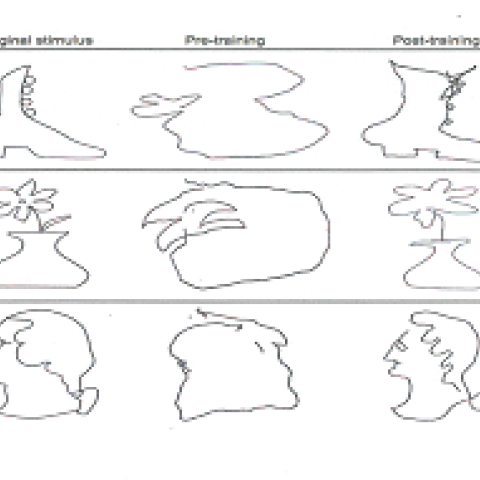Abstract
Abstract:
Previous work has shown that teaching the blind how to draw using the Cognitive-Kinesthetic training method (Likova, 2012, 2015) leads to robust cortical reorganization at both low and high levels of the brain. This rehabilitation method and related experimental platform in the Likova lab allow for a broad range of new basic and clinical questions to be addressed. In this presentation, I will describe various fMRI and behavioral studies capitalizing on this blindness rehabilitation training. The first two studies assessed the cortical reorganization that occurs in a particular high-level memory structure—the perirhinal cortex (PRC)—in the blind brain as a result of the drawing training. Using fMRI and Granger Causality methods, the current understanding of the blind PRC was taken a step further by investigating training-induced plasticity in not only its object representations (Cacciamani & Likova, 2016) but also its functional connectivity with lower-level “visual” regions. Lastly, effects of the drawing training on general spatio-cognitive abilities were assessed using a standardized test battery. Together, this series of studies sheds light on our understanding of the plasticity of the blind brain and the perirhinal cortex in particular and quantitatively demonstrates the effectiveness of the Cognitive-Kinesthetic drawing training as a technique for blindness rehabilitation.

